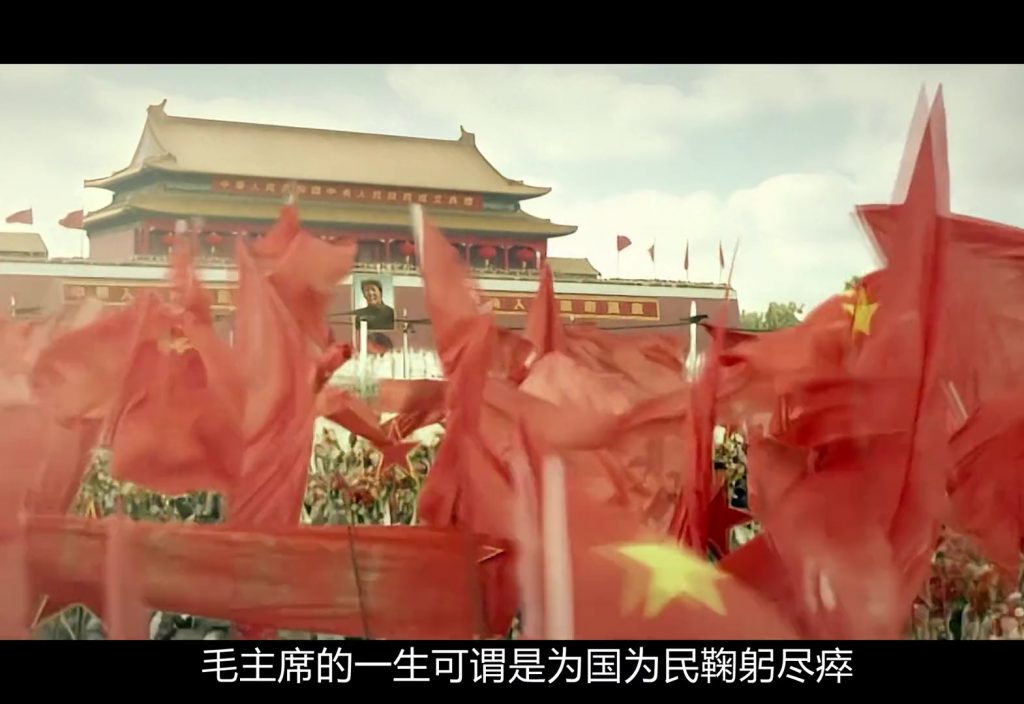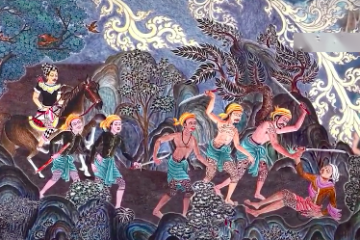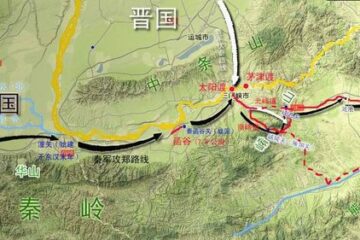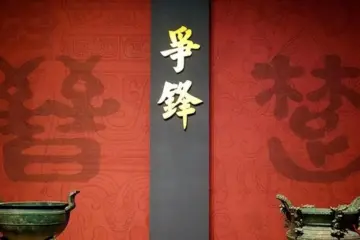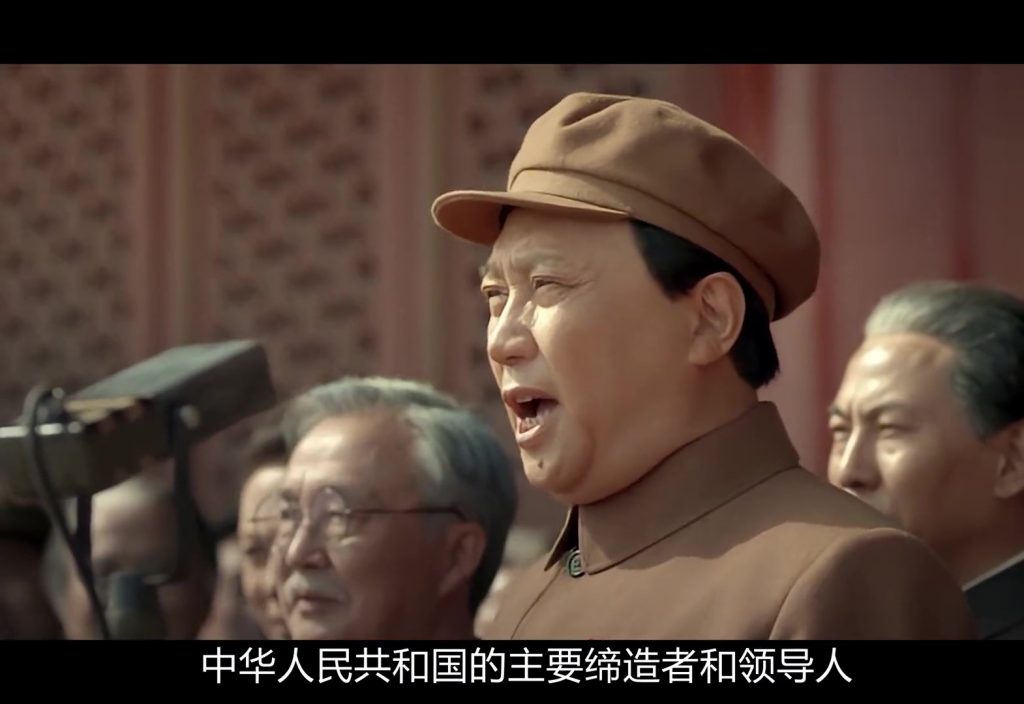
Overview Mao Zedong’s magnificent life quickly.
He was the leader of the Chinese people, a great Marxist, a proletarian revolutionary strategist, and the main founder and leader of the Chinese People’s Liberation Army of the Communist Party of China and the People’s Republic of China. He is the great pioneer of Marxism in China and the greatest national hero of China since modern times. There are numerous political leaders in China and abroad from ancient times to the present, but only Mao Zedong is known as the people’s leader.
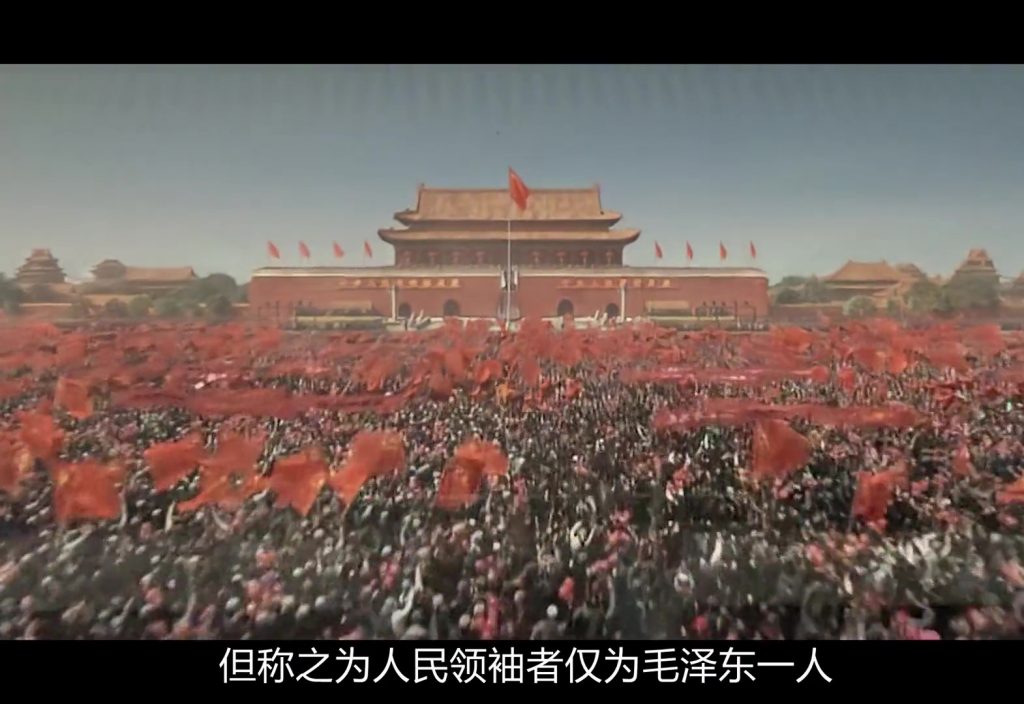
In 1892, Mao Zedong was born into an ordinary peasant family in Shaoshanchong, Hunan Province. Under the tutelage of his father, Mao Yichang, he studied at a private school in his hometown of Shaoshan for six years since 1902 to receive the traditional Chinese initiation. At the age of nine, Mao showed a different way of thinking from his peers. At the age of 16, with the recommendation and help of his cousin Wen Yunchang, he went to the Dongshan Academy, where the new culture was taught. On the eve of his departure from home, at the age of 16, Mao left his first poem, expressing his wish to achieve something.
In 1910, after attending Dongshan Academy for one year, he was admitted to Xiangxiang Provincial High School in the following spring. During this period, under the influence of Sun Yat-sen’s League, he decided to join the military in October of the same year and was discharged after serving as a private in the Hunan New Army for half a year.
In the spring of 1914, he was admitted to the Fourth Normal School of Hunan Province, and in the fall of the same year, he was enrolled in the eighth class of the First Normal School, where he was taught by a number of enlightened teachers, such as Yang Changji and Li Jingxi, which helped him to grow in a qualitative way.
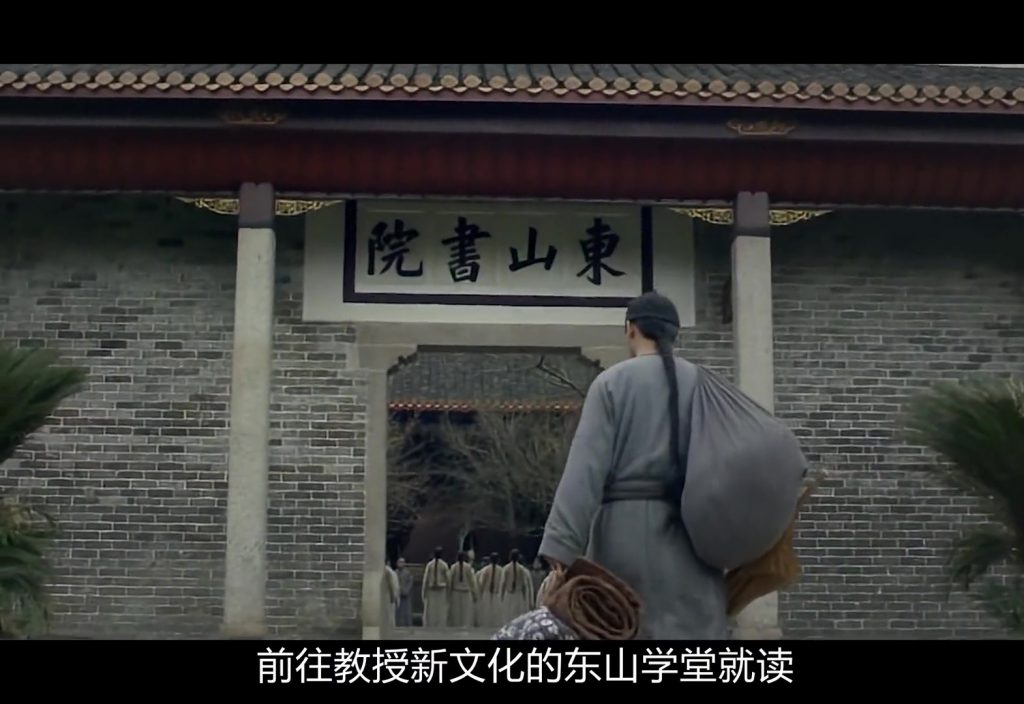
In 1918. In August of the same year, he went to Beijing alone for the first time to organize a movement for studying in France. While in Beijing, he was helped by Li Dazhao and others and worked as a librarian in the library of Peking University. During this period, Mao Zedong received information about the October Revolution in Russia for the first time and was deeply influenced by its thought.
In 1919, after returning to Changsha from Shanghai, Mao Zedong responded to the May Fourth Movement in May, launched the Student Union in Hunan, organized patriotic youths to carry out anti-imperialist and patriotic movements, and edited the Xiangjiang Review in Hunan during this period. In December of the same year, he led the people of Hunan to carry out the movement to expel Zhang. Then he went to Beijing for the second time, and during this time, he read Marxist books such as the Communist Manifesto for the first time.
In June 1920, he went to Shanghai to read and discuss with Chen Duxiu about Marxism and other books. In December of the same year, he indicated in a letter with Cai Hesen that he decided to accept Marxist ideas and follow the path of the October Revolution in Russia, and then married Yang Kaihui, the daughter of Yang Changji, in this month.
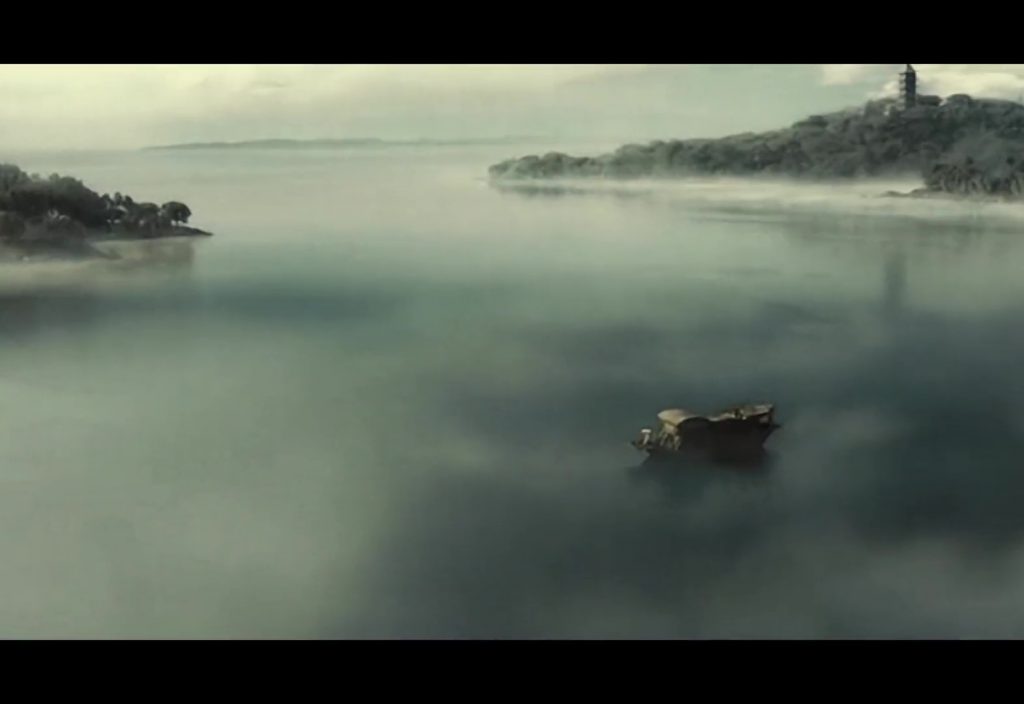
In July 1921, as a delegate of the Changsha Communist Group, he attended the First National Congress of the Chinese Communist Party. In October of the same year, he established the Hunan branch of the CPC as secretary.
In 1923, he left Changsha to work in Shanghai and attended the Third National Congress of the Communist Party of China in June, where he was elected as an executive member of the Central Committee, a member of the Central Bureau and secretary.
In 1925, Mao returned to Shaoshan to recuperate from illness, but his work did not stop. He carried out peasant movements while recuperating and published an article “Analysis of the Classes in Chinese Society” in December.
On April 12, 1927, Chiang Kai-shek staged a counter-revolutionary coup in Shanghai. On April 27, Mao Zedong attended the Fifth National Congress of the Chinese Communist Party, which criticized Chen Duxiu’s right-leaning mistakes.
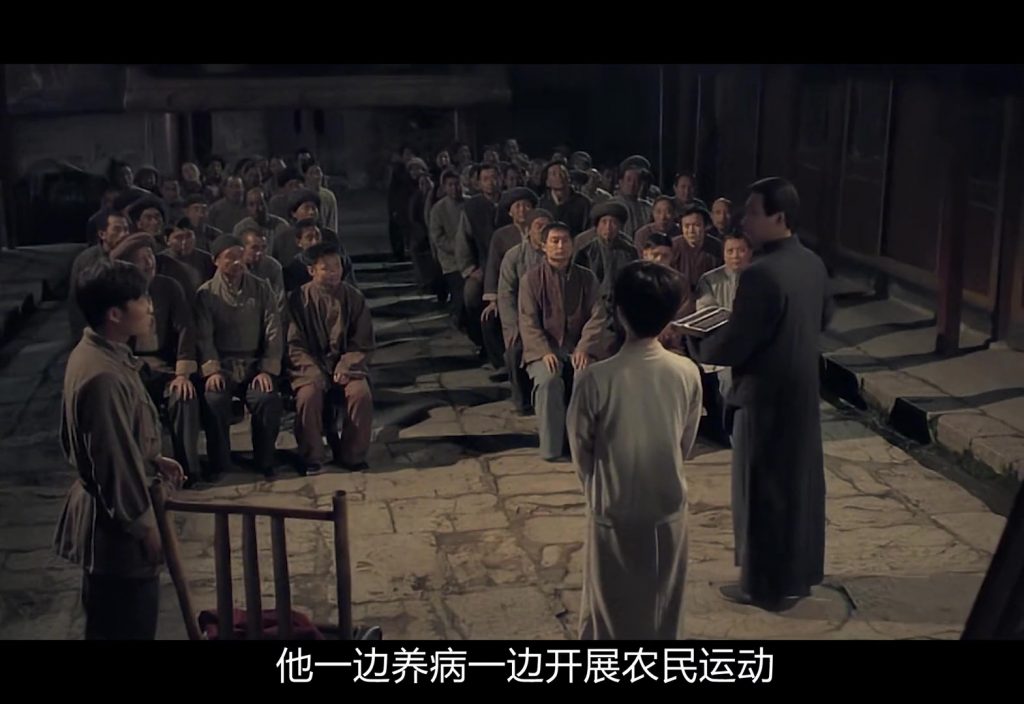
On July 15, Wang Jingwei staged a counter-revolutionary coup in Wuhan. The Revolution was thus declared a failure.
On August 1, under the leadership of Zhou Enlai, Ye Ting, He Long, Zhu De and Liu Bo Cheng, the Nanchang Uprising was officially launched. At this time, Mao Zedong attended the emergency meeting of the CPC Central Committee held in Hankou, where he put forward the important idea that power comes out of the barrel of a gun and was elected as an alternate member of the Provisional Political Bureau of the Central Committee, and after the meeting, Mao Zedong went to the border of Hunan Province and Jiangxi Province to lead the Autumn Harvest Uprising.
On September 9, the Autumn Harvest Uprising broke out, during which Mao Zedong was seized by the township clearance team of the regiment defense bureau on his way to Jiangxi. But on the way to the prison, Mao Zedong got out of danger by his own resourcefulness, and after the setback of the Autumn Harvest Uprising, Mao Zedong led the uprising troops to the Luoxiao Mountains. Arriving in Ninggang, Jiangxi in October, and began to create the Jinggang Mountain revolutionary base.
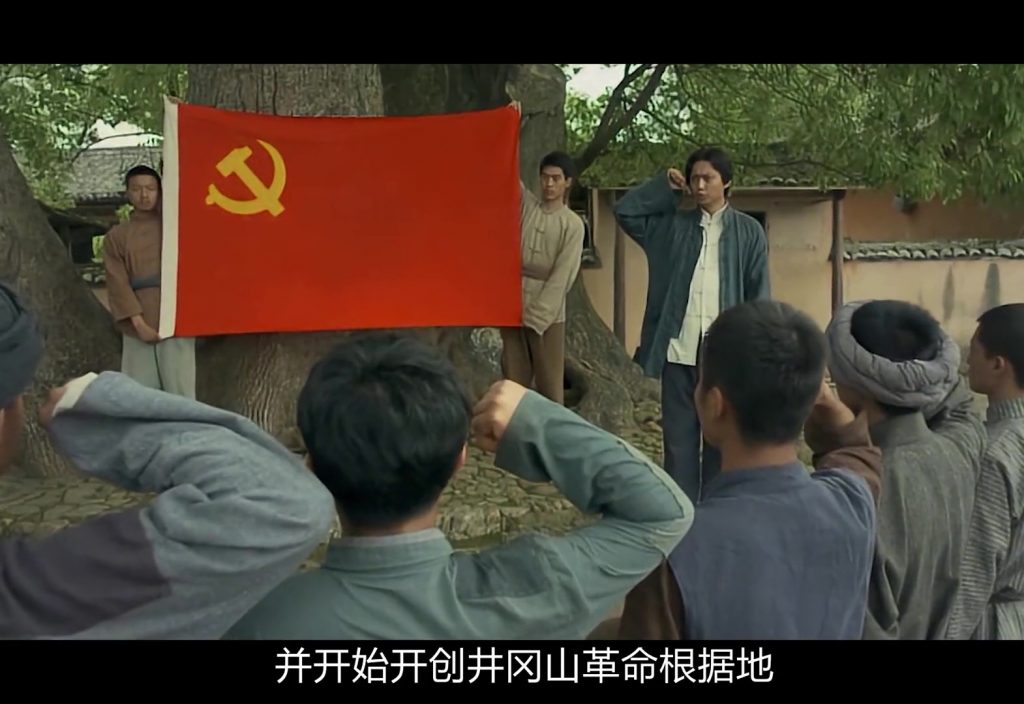
In April 1928, he met with the remainder of the Nanchang Uprising led by Zhu De and Chen Yi in Jinggang Mountain in a triumphant rendezvous. Since then, the two groups were merged into the Workers’ and Peasants’ Revolutionary Army, with Mao Zedong as the party representative and secretary of the military committee.
In 1929, together with Zhu De and Chen Yi, the main force of the Fourth Army marched to the south of Jiangxi and western Fujian, and by the spring of 1930, two revolutionary bases were initially formed in the southwest of Jiangxi and western Fujian, and in January of the same year, Mao wrote the article “The Fire of the Stars Can Start a Prairie” and expounded the theory of the Chinese revolutionary road of encircling cities in the countryside and seizing power by armed force. After that, the Red Army started the Long March after the various warlords represented by Chiang Kai-shek launched several sieges against the Red Army.
In January 1935, Mao Zedong was co-opted as a member of the Standing Committee of the Central Political Bureau at the Zunyi Conference, which actually established a new central leadership represented by Mao Zedong, and then formed a three-member military group consisting of Mao Zedong, Zhou Enlai and Wang Jiaxiang.
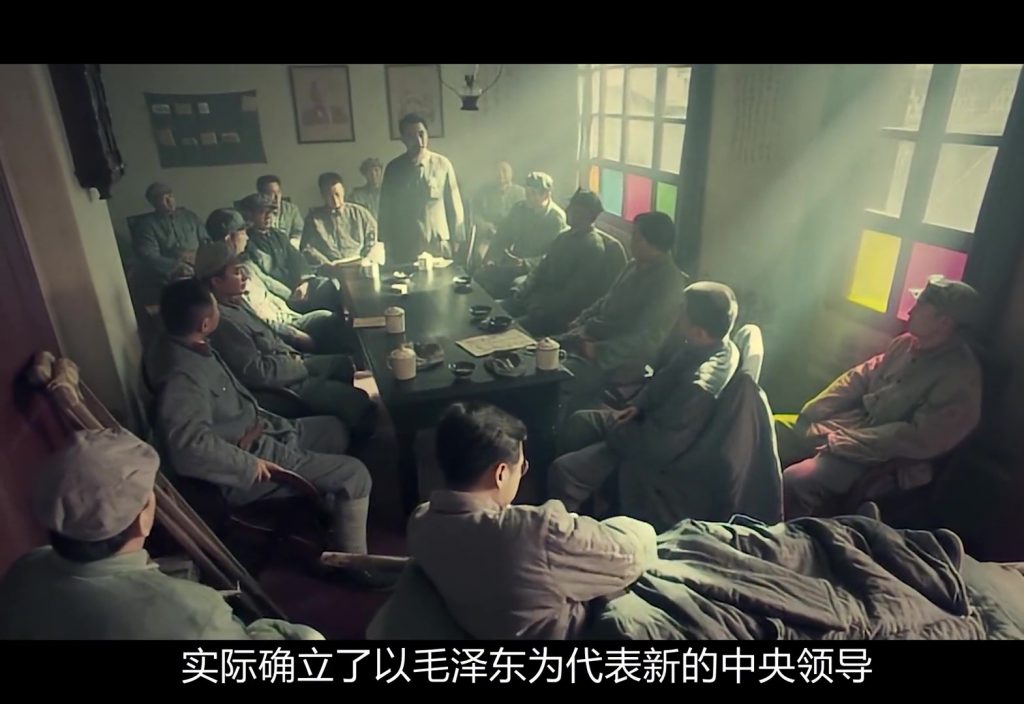
In March to May of the same year,Mao Zedong personally commanded some wars such as Four degrees of Chishui, skillful crossing of the Shajiang River, flying over the Luding Bridge, get decisive victory for the Red Army in the strategic shift. He led the Red Army to reach the coast of Shanxi in October, where the Red Army completed the Long March victoriously.
On July 7, 1937, the Lugou Bridge Incident broke out and the national war against Japan began. In 1938, Mao Zedong published his articles on the strategic issues of guerrilla warfare against Japan and on the protracted war. He comprehensively analyzed the basic characteristics of the Sino-Japanese war, refuted the theory of quick victory and the doomsday theory, and elaborated the strategic policy of China’s protracted war against Japan. After that, under the main leadership of Mao Zedong, the Chinese Communist Party was able to develop and grow rapidly, and then, with the nation’s people united against Japan, the Japanese imperialists were driven out of the country in 1945.
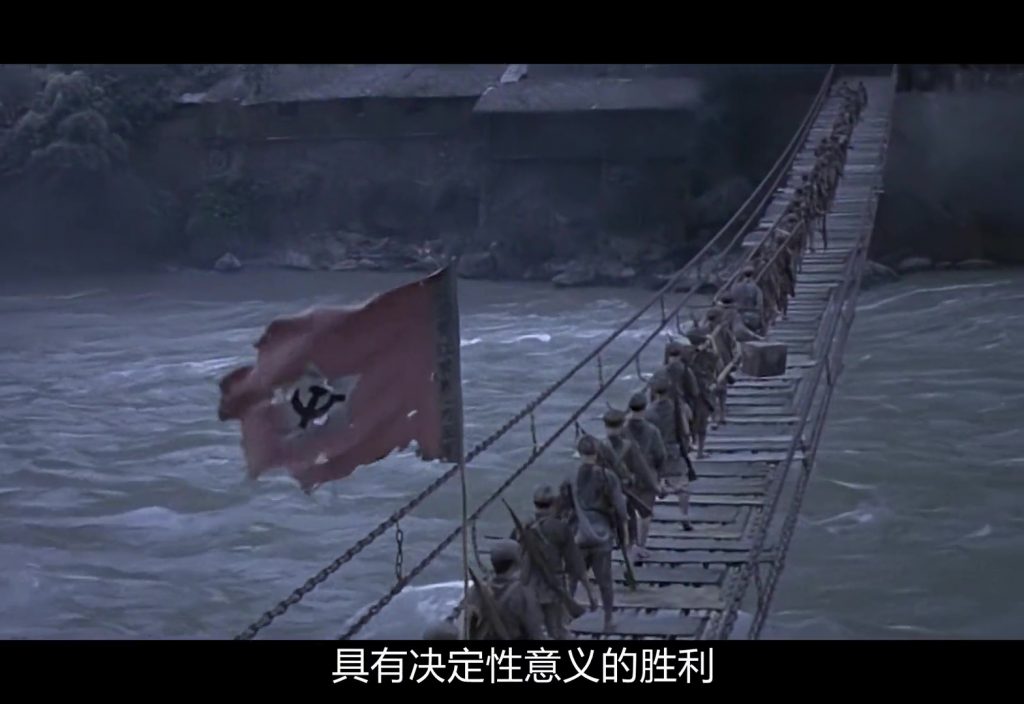
On October 1, 1949, the People’s Republic of China was founded, with Mao Zedong presiding over the Founding Ceremony, and a new China has been declared since then.
Chairman Mao’s life can be described as a life of dedication to the country and the people.
